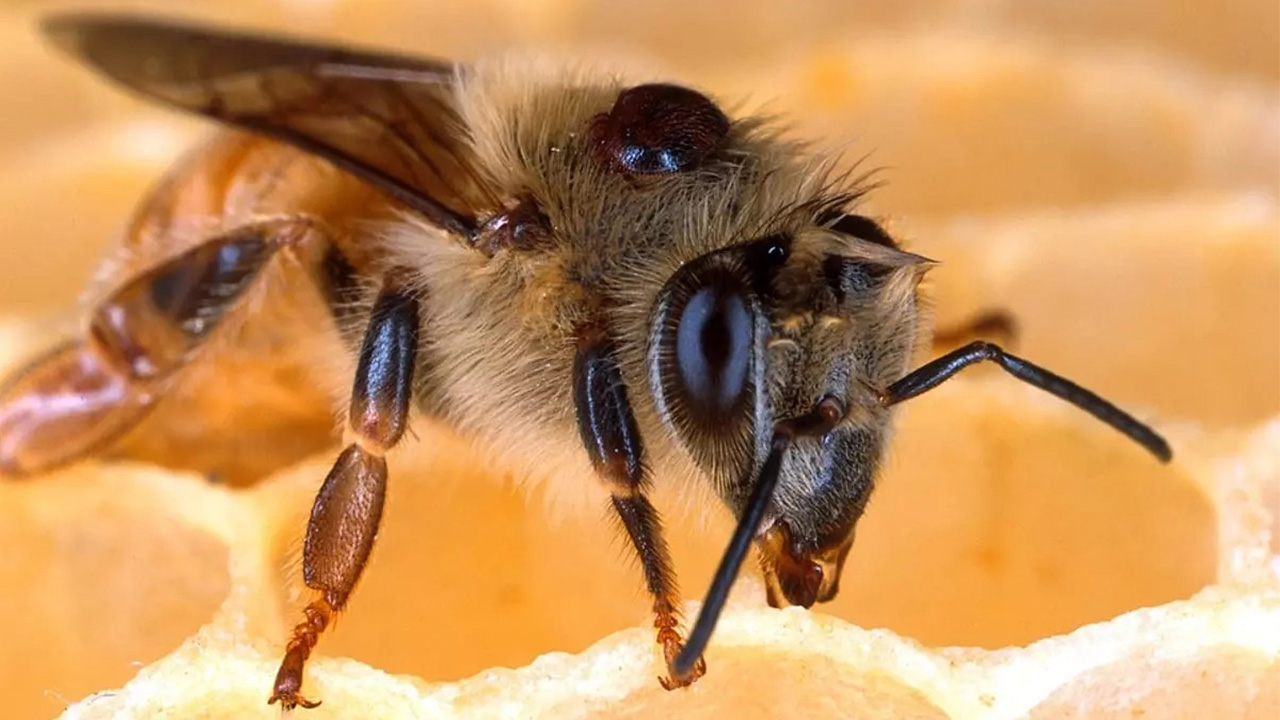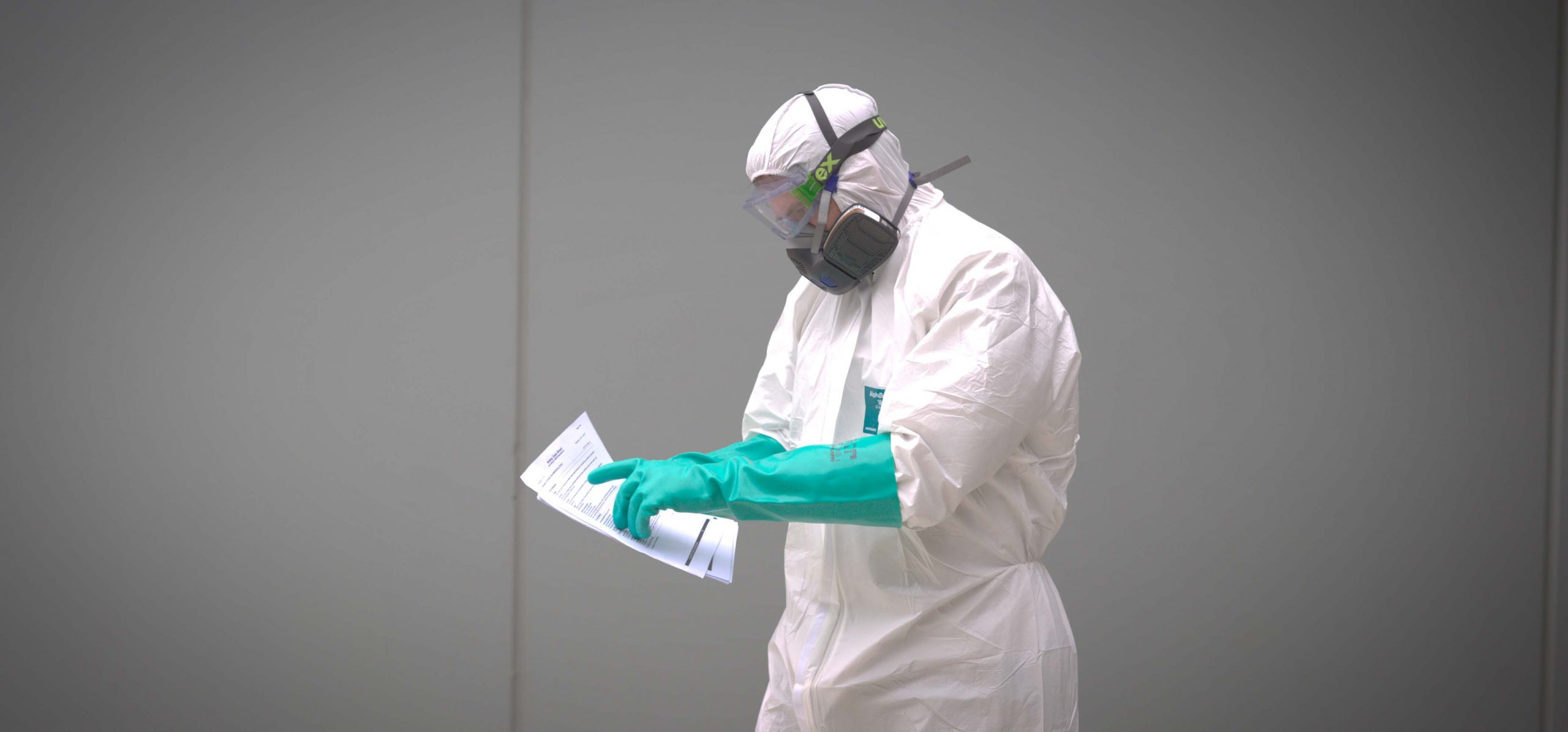Once the stuff of sci-fi movies, Unmanned Aerial Vehicles (UAV’s) are well and truly here.
In New Zealand,Domino’s Pizza Enterprises have launched the first commercial drone delivery service in the world, where for safety reasons the drone stays at 60 ft. altitude and lowers pizza down to the customer upon notification. So how about agriculture? What benefits can these buzzing drones bring to our industry today; well by some accounts, quite a lot.
Imagine a large and extensive grazing property with valuable stud cattle (even commercial cows are worth up to $2000 these days). Instead of spending endless hours circumnavigating the property, you send out a fixed wing UAV with a visual and thermal camera. This UAV and camera will be able to note any calving cows in distress, even picking up any sick or fevered cows with the thermal camera and then you can prioritize your own movements accordingly.
Plant production and efficient use of inputs is where the additional economic benefits of UAV’s look promising. Just like the infrared weed recognition and detection devices for controlling weeds in broadacre situations, in the future we could see drones scout crops for insect pests, and then apply a targeted insecticide directly to a cluster of insects.
Perhaps drones with multispectral imaging sensors, integrated with specialized software applications providing soil and crop data will provide the biggest benefit to growers, allowing need based and more timely application of inputs such as water, fertiliser and pesticides for greater yield benefits.
Another point to note is that in order to operate these machines. The Civil Aviation Safety Authority (CASA) has some regulations in place and that as of the 29th September 2016, you will need to have a Remote Piloted Aircraft operator’s certificate (ReOC) if you are operating one of these UAV’s for money, or any form of economic gain.
Could drones with miniature boomsprays replace large broadacre sprayers? Not likely given the very large acreages needing to be sprayed in the cropping belts and the loss of economies of size and scale, refill times etc. Small targeted horticultural low crops could be a better fit. However, broadacre sprayers have maxed out in size and some, such as Swarm Farm Robotics founder Andrew Bate, believe the future lies in swarms of autonomous, collision-avoiding spraying robots leaving a minimal compaction footprint on the soil and at the same time solving any labour shortage issues.
Precision agriculture has already been around for a decade or so and these drones or UAV’s represent another means of eliminating guesswork and becoming more precise in what we do in the primary sector. Drones are already successfully used to map ore quantities in mines, video expensive real estate and hunt out invasive and noxious weeds in native bush areas. One thing for sure is we are going to see more UAV’s overhead in the future; hence it’s a good thing that their use is regulated and agriculture seems a good fit for these clever eyes in the sky.
Image courtesy of www.swarmuav.com.au




